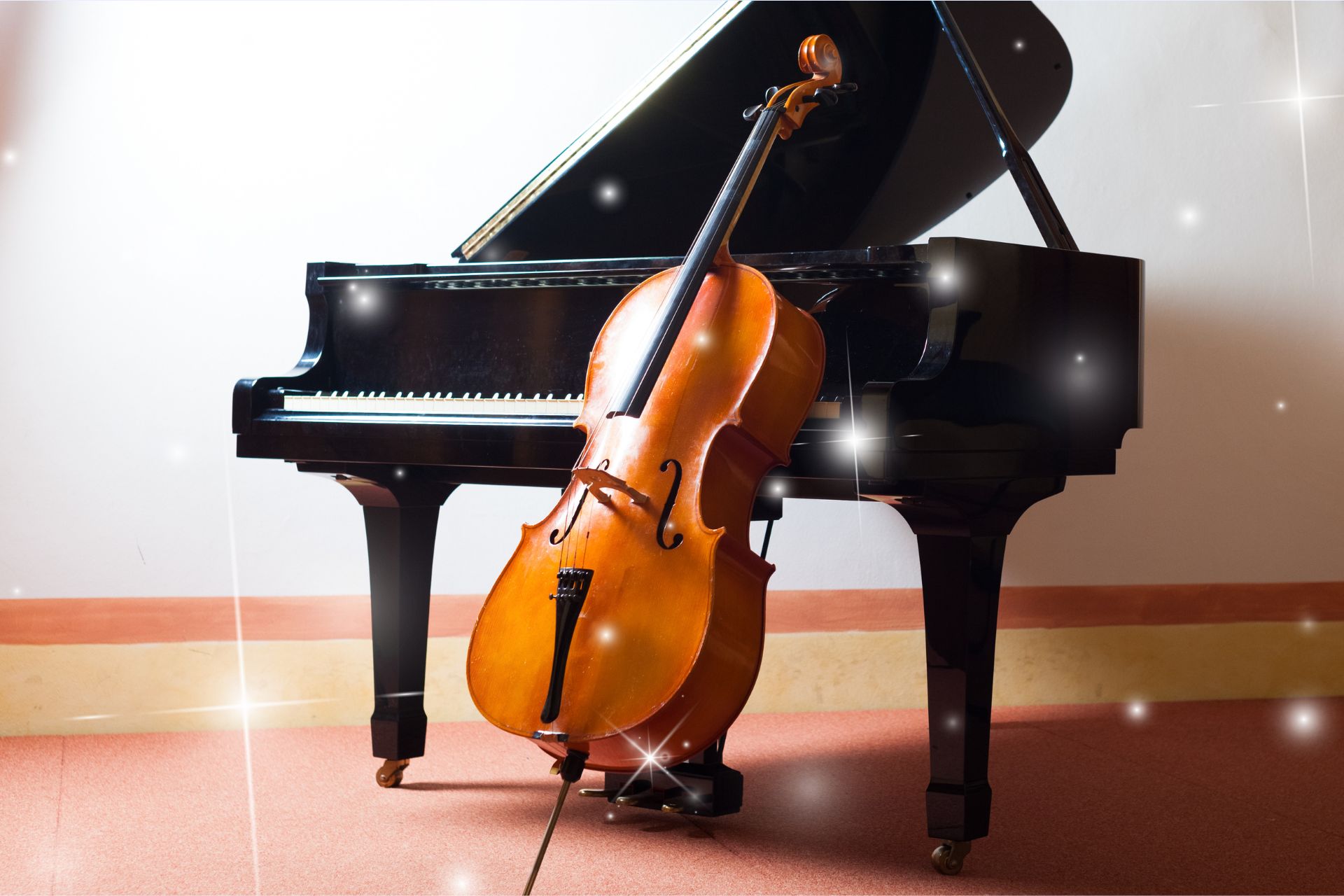How Quickly Will You Feel Better After Mold Removal?
Struggling with mold in your home can be a daunting experience. Not only does mold damage your property, but it also poses significant health risks to you and your family. Once you’ve taken the crucial step of removing the mold, you’re likely eager to know how soon you’ll start feeling better. The Mississauga Mold Removal is here to provide homeowners with a comprehensive guide on what to expect after mold removal, from the timeline for health improvements to tips for ensuring your home remains mold-free.

Understanding Mold and Its Effects
Mold is a type of fungus that thrives in damp, humid environments. It’s often found in areas like bathrooms, basements, and kitchens. Mold spores can cause a variety of health issues, especially for those with allergies, asthma, or weakened immune systems. Common symptoms include respiratory problems, skin irritation, and headaches. Understanding these effects is the first step in appreciating the importance of mold removal.
The Immediate Impact of Mold Removal
Once mold is professionally removed from your home, the immediate environment improves significantly. You’ll likely notice a difference in air quality almost instantly. However, the speed at which you’ll feel better largely depends on the severity of your symptoms and how long you’ve been exposed to mold.
The Role of Air Quality
Improving air quality is one of the most immediate benefits of mold removal. Mold spores in the air can cause respiratory problems and exacerbate conditions like asthma. With the mold gone, the air is cleaner, making it easier to breathe and reducing the likelihood of respiratory issues.
Reduction in Allergy Symptoms
For those who suffer from mold allergies, symptoms such as sneezing, runny nose, and itchy eyes may start to diminish within a few hours to days after mold removal. This quick improvement is often a huge relief for allergy sufferers.
Psychological Relief
Mold in your home can be a constant source of stress and anxiety. Knowing that the mold has been removed can provide immediate psychological relief, allowing you to feel more comfortable and relaxed in your own home.
Medium-Term Health Improvements
While some improvements are felt almost immediately, other health benefits may take a bit longer to become noticeable. This period typically ranges from a few days to several weeks.
Respiratory Health
For those with more severe respiratory issues, it might take a few weeks to notice significant improvements. Chronic conditions like asthma can take longer to stabilize, but you should see a gradual reduction in flare-ups and the need for medication.
Skin Irritations
If mold exposure has caused skin irritations or rashes, these symptoms should start to improve within a few days to weeks. Keeping the affected areas clean and dry will help speed up the healing process.
Energy Levels
Exposure to mold can drain your energy and make you feel constantly fatigued. With the source of the problem removed, you’ll likely notice a gradual increase in your energy levels and overall well-being.
Long-Term Benefits of Mold Removal
The long-term benefits of mold removal are perhaps the most significant. Ensuring that your home remains mold-free can lead to lasting health improvements and peace of mind.
Chronic Health Conditions
For individuals with chronic health conditions exacerbated by mold, such as asthma or bronchitis, long-term mold removal can significantly improve quality of life. Reduced exposure to mold means fewer flare-ups and hospital visits.
Home Environment
Maintaining a mold-free home ensures a healthier living environment for you and your family. Regular inspections and proper maintenance can help prevent mold from returning, providing lasting benefits.
Financial Savings
While not a direct health benefit, long-term mold removal can save you money. Preventing mold from returning means fewer medical bills and less money spent on home repairs in the future.
Factors Affecting the Speed of Recovery
The speed at which you feel better after mold removal can vary based on several factors. Understanding these can help set realistic expectations and guide you in taking additional steps if needed.
Severity of Mold Infestation
The more severe the mold infestation, the longer it may take for you to feel better. Extensive mold growth can cause more significant health issues, requiring a longer recovery period.
Duration of Exposure
If you’ve been exposed to mold for an extended period, your body may need more time to recover. Chronic exposure can lead to long-term health issues that take weeks or even months to resolve fully.
Individual Health Conditions
Your individual health conditions play a crucial role in how quickly you recover. Those with pre-existing conditions like asthma or weakened immune systems may experience a slower recovery.
Ensuring a Complete Recovery
To ensure a complete recovery after mold removal, it’s essential to take proactive steps to maintain a healthy home environment.
Regular Inspections
Regular home inspections can help catch mold growth before it becomes a significant problem. Aim to inspect high-risk areas like bathrooms and basements every few months.
Proper Ventilation
Proper ventilation helps reduce humidity levels, making it harder for mold to grow. Ensure your home is well-ventilated, especially in areas prone to dampness.
Use of Dehumidifiers
Using dehumidifiers can help maintain optimal humidity levels in your home. Aim for a humidity level of 30-50% to prevent mold growth.
When to Seek Professional Help
Sometimes, despite your best efforts, mold can return. Knowing when to seek professional help is crucial for maintaining a healthy home.
Persistent Symptoms
If you or your family members continue to experience symptoms despite mold removal, it may be time to consult a healthcare professional. Persistent symptoms could indicate an underlying issue that needs medical attention.
Signs of Mold Regrowth
If you notice any signs of mold regrowth, such as a musty smell or visible mold spots, contact a professional immediately. Early intervention can prevent a small problem from becoming a significant issue.
Preventative Measures
Consulting with a mold remediation specialist can help you implement preventative measures to keep your home mold-free. Professionals can offer tailored advice based on your home’s specific needs.
Conclusion
Mold removal is a vital step towards ensuring a healthy living environment. While some health improvements are immediate, others may take longer to manifest. By understanding the factors that affect recovery and taking proactive steps to maintain a mold-free home, you can enjoy lasting benefits. If you’re dealing with persistent symptoms or signs of mold regrowth, don’t hesitate to seek professional help. For more personalized advice, consider booking a consultation with a mold remediation specialist. Your health and well-being are worth it.









